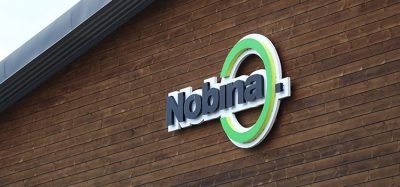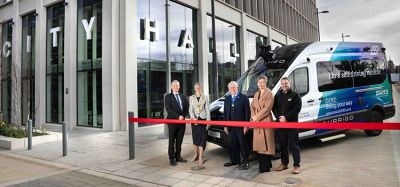California aims to transition to all-electric public bus fleet by 2040
- Like
- Digg
- Del
- Tumblr
- VKontakte
- Buffer
- Love This
- Odnoklassniki
- Meneame
- Blogger
- Amazon
- Yahoo Mail
- Gmail
- AOL
- Newsvine
- HackerNews
- Evernote
- MySpace
- Mail.ru
- Viadeo
- Line
- Comments
- Yummly
- SMS
- Viber
- Telegram
- Subscribe
- Skype
- Facebook Messenger
- Kakao
- LiveJournal
- Yammer
- Edgar
- Fintel
- Mix
- Instapaper
- Copy Link
Posted: 18 December 2018 | Intelligent Transport | No comments yet
The transition to zero-emission technologies is essential to meeting California’s air quality and climate goals.


The California Air Resources Board (CARB) has approved a first-of-its-kind regulation in the U.S., setting out a state-wide goal for public transit agencies to transition to 100 per cent zero-emission bus fleets by 2040.
“A zero-emission public bus fleet means cleaner air for all of us. It dramatically reduces tailpipe pollution from buses in low-income communities and provides multiple benefits especially for transit-dependent riders,” CARB Chair, Mary D. Nichols, said. “Putting more zero-emission buses on our roads will also reduce energy consumption and greenhouse gases; providing cost savings for transit agencies in the long run.”
The Innovative Clean Transit regulation is part of a state-wide effort to reduce emissions from the transportation sector, which accounts for 40 per cent of climate-changing gas emissions and 80-90 per cent of smog-forming pollutants.
Full implementation of the new regulation is expected to reduce greenhouse gas emissions by 19 million metric tonnes from 2020 to 2050 – the equivalent of taking 4 million cars off the road. It will also reduce harmful tailpipe emissions (nitrogen oxides and particulate matter) by about 7,000 tonnes and 40 tonnes respectively during that same 30-year period.
As long-time partners for clean air in California, the state’s 200 public transit agencies play a pivotal role in transitioning vehicle fleets away from fossil-fuel-powered technologies to zero-emission alternatives. Eight of the 10 largest transit agencies in the state are already operating zero-emission buses, including battery electric and hydrogen fuel cell vehicles.
Transit agencies are particularly well suited for introducing these technologies. They operate largely in urban centres, where pollution and noise are of greater concern. Their buses drive in stop-and-go traffic where conventional internal combustion engines waste fuel while idling. And their fleets run out of central depots where charging infrastructure can be installed and conveniently accessed.
Deployment of zero-emission buses is expected to accelerate rapidly in the coming years – from the current 153 buses to 1,000 by 2020, based on the number of buses on order or that are otherwise planned for purchase by transit agencies. Altogether, public transit agencies operate about 12,000 buses statewide.
To successfully transition to an all zero-emission bus fleet by 2040, each transit agency will submit a rollout plan under the regulation demonstrating how it plans to purchase clean buses, build out necessary infrastructure and train the required workforce. The rollout plans are due in 2020 for large transit agencies and in 2023 for small agencies.
Agencies will then follow a phased schedule from 2023 until 2029, by which date 100 per cent of annual new bus purchases will be zero-emission.
Related topics
Air Quality, Alternative Power, Fleet Management & Maintenance, Sustainable Urban Transport
Related modes
Bus & Coach
Related cities
California, United States of America
Related organisations
California Air Resources Board (CARB)
Related people
Mary D. Nichols








